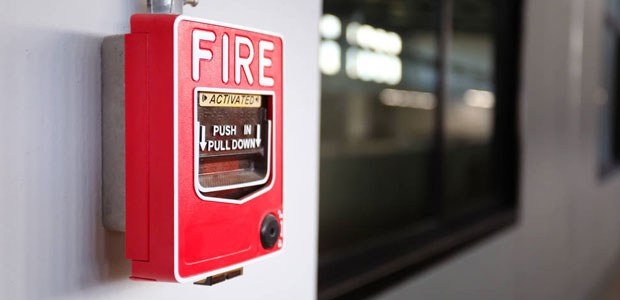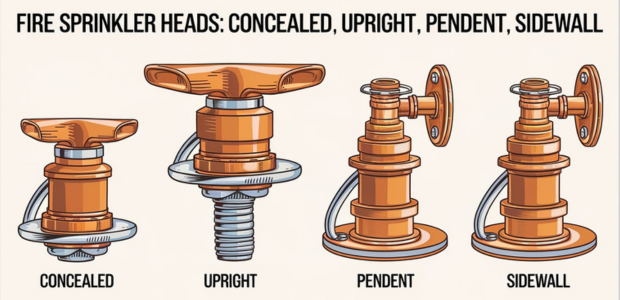
- October 19, 2023
- Interface Digital
Fire alarm systems are a crucial component of any building's safety infrastructure. They serve as early warning systems, helping to detect and alert occupants to the presence of a fire or smoke. Among the various technologies used in fire alarm systems, beam detection is an important one.
In this guide, we will explore the ins and outs of beam detection for fire alarm systems.
Beam detection, often referred to as beam smoke detection, is a technology used to detect the presence of smoke or fire within a specific area or space. It relies on the principle of directing a light beam between an emitter and a receiver.
When smoke particles enter the path of the beam, they scatter the light, which triggers an alarm signal. Beam detectors are often used in large, open areas where other types of detectors may be ineffective, such as warehouses, factories, and sports arenas.
Types of beam detectors
There are two main types of beam smoke detectors:
Projected/ End-to-end beam detectors: These detectors have a transmitter and receiver mounted at opposite ends of the protected area. The transmitter projects a beam of light to the receiver, and if the beam is interrupted, the detector will alarm.
Reflective beam detectors: These detectors have the transmitter and receiver mounted in the same housing, and the beam is directed at a reflector mounted at the opposite end of the protected area. If the beam is interrupted, the detector will alarm.
Advantages of beam detectors:
Beam detectors have a number of advantages over other types of fire alarm detectors, including:
Large coverage area: Beam detectors can protect large, open areas with a single detector. This can save money on installation and maintenance costs.
High sensitivity: Beam detectors are very sensitive to smoke, which means they can detect fires early.
Reduced false alarms: Beam detectors are less likely to generate false alarms than other types of detectors, such as spot smoke detectors.
Immune to dust and dirt: Beam detectors are immune to dust and dirt, which makes them ideal for use in dirty environments.
Applications for beam detectors
Beam detectors are commonly used in a variety of applications, including:
Warehouses and factories: Beam detectors are ideal for protecting large, open areas such as warehouses and factories. They can be mounted high on the ceiling to provide coverage over a wide area.
Sports arenas and concert halls: Beam detectors can be used to protect large, open areas such as sports arenas and concert halls. They can be mounted high above the crowd to provide early detection of fires.
Aircraft hangars: Beam detectors can be used to protect aircraft hangars, which are often large and open spaces. They can be mounted high on the ceiling to provide coverage over the entire hangar.
Cold storage facilities: Beam detectors can be used to protect cold storage facilities, which are often dusty and dirty environments. They are immune to dust and dirt, which makes them ideal for these applications.
Installation and maintenance of beam detectors
Beam detectors are typically integrated into broader fire alarm systems, working in conjunction with other detection methods like heat detectors, smoke detectors, and manual pull stations. When a beam detector senses smoke or fire, it sends a signal to the fire alarm control panel, which triggers the alarm and activates the evacuation process.
Beam detectors should be installed by a qualified fire alarm technician. The technician will determine the best location for the detectors and mount them according to the manufacturer's instructions.
Beam detectors require regular maintenance to ensure that they are working properly. The maintenance schedule should be determined by the manufacturer of the detectors. However, it is generally recommended that beam detectors be tested and cleaned on a quarterly basis.
In conclusion, Beam detectors are a valuable tool for fire protection in a variety of applications. They are ideal for protecting large, open areas and are highly sensitive to smoke. Beam detectors are also immune to dust and dirt, which makes them ideal for use in dirty environments.
However, proper planning, installation, and maintenance are crucial to ensure the system's effectiveness. Whether you're protecting a warehouse, an atrium, or a historical building, beam detection can play a vital role in safeguarding lives and property.
Incorporating beam detection technology into your fire alarm system is an investment in safety, providing peace of mind that your facility is well-prepared to detect and respond to the threat of fire.
If you are considering using beam detectors in your facility, be sure to consult with a qualified fire alarm technician to determine the best location and installation configuration for your needs.









